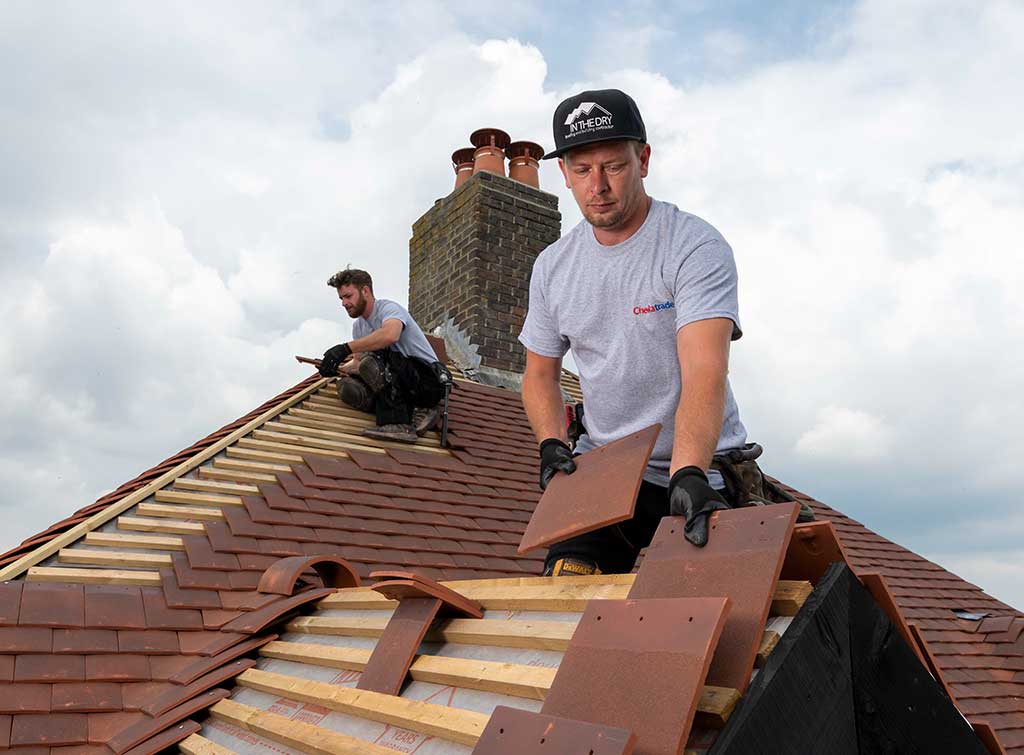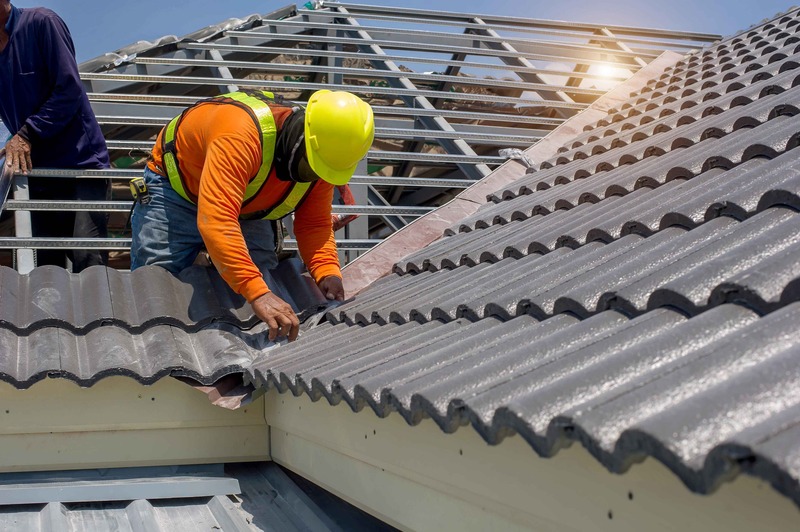Roof Replacement in the UK: A Crucial Investment for Long-Time period Residence Protection
Roof Replacement in the UK: A Crucial Investment for Long-Time period Residence Protection
Blog Article
In the UK, the roof of a house is subjected to various weather conditions year-round. From heavy rainfall and snow in the winter to strong winds and fluctuating temperatures, the constant exposure can cause wear and tear on roofing materials. Over time, these environmental factors can lead to roof damage, and in some cases, replacement is the best solution. It is an expensive undertaking to replace a roof, but is necessary for the home's structural integrity and to prevent future repairs. Whether the roof is leaking, aged, or damaged, knowing when and how to replace it is crucial to ensure the continued protection of your property.
The lifespan of roofs in the UK is heavily dependent on how they are maintained and the materials used. Slate and clay tiles are traditional choices for British homes and can last 50 to 100 years if properly installed and maintained. Concrete tiles offer a more affordable option and are still durable for 40-60 years. This makes them an attractive choice for homes of today. The life expectancy for felt roofs is usually 20-30 years. They are often found on garages and extensions. While some homeowners may opt for patch repairs to extend the life of their roof, this approach can quickly become more expensive than a full replacement. A professional roof inspection can determine if a replacement is needed and which options best suit the structure and location your home. Factors such as ventilation, roof pitch, and underlayment condition should also be considered during assessment.
The material choice is crucial to the longevity and effectiveness of your new roof. Homeowners in the UK must not only consider the look of the roofing material but also how it performs in local weather conditions and whether it complies with regional building regulations. Slate is a popular choice for its durability and natural beauty, particularly in older buildings or those listed. Clay tiles offer a traditional look while offering excellent insulation. Modern options such as synthetic slate or lightweight composite tiles offer the appearance of traditional materials but with improved resilience and ease of installation. Green roofing solutions are also gaining popularity, especially in urban areas, for their environmental benefits and natural insulation. The right material will depend on budget, aesthetic preferences, structural load capacity, and environmental factors like wind exposure or moss growth.
The cost of Typical roof replacement prices in the UK varies widely depending on several factors, including the size and complexity of the roof, the materials chosen, and the region in which the property is located. On average, replacing the roof on a standard three-bedroom house can cost between 5,000 and 12,000. Due to their complexity, properties with steeper slopes, dormer or multiple chimneys may have higher labor costs. It's important to get multiple quotes and compare not just the price but also what is included in the service. Roofers who are reputable should offer a written quote that includes the removal of your old roof and new material, as well as scaffolding and disposal of waste. Additionally, warranties for both materials and workmanship should be discussed to protect your investment. Though the costs may seem high initially, a new roof significantly improves energy efficiency and boosts resale value, making it a wise long-term investment. To receive more information please check it out
The timing of the roof replacement project can have a major impact on its success. In the UK, the best time to undertake such work is during the late spring, summer, or early autumn months when the weather is generally more stable. Rain and wind can cause delays or complications, especially if large areas of the roof are exposed during construction. However, emergency replacements may be required at any time of year, particularly if a roof has suffered storm damage. Booking a contractor ahead of time can reduce the wait during busy seasons. Homeowners should also make logistical preparations, such as informing neighbours about upcoming work, arranging parking space for construction vehicles, and preparing for potential noise and disruption. With a realistic timeline and good communication, the replacement process can be managed with minimal inconvenience.
In the UK, roof replacement is a vital part of home maintenance. It should be done as soon as signs of wear and tear appear. Installing a new roof properly will protect your home from harsh weather conditions, increase insulation and add value to the property. With a range of materials and styles to choose from, as well as evolving technologies, homeowners can tailor their new roof to fit both aesthetic preferences and practical needs. Although the cost can be considerable, the long-term benefits - including energy savings, structural safety, and peace of mind - make it a worthwhile investment. Careful planning, the right contractor, and informed decision-making are the keys to a successful roof replacement. For UK homeowners looking to protect their homes for decades to come, replacing an ageing roof is one of the smartest improvements they can make.